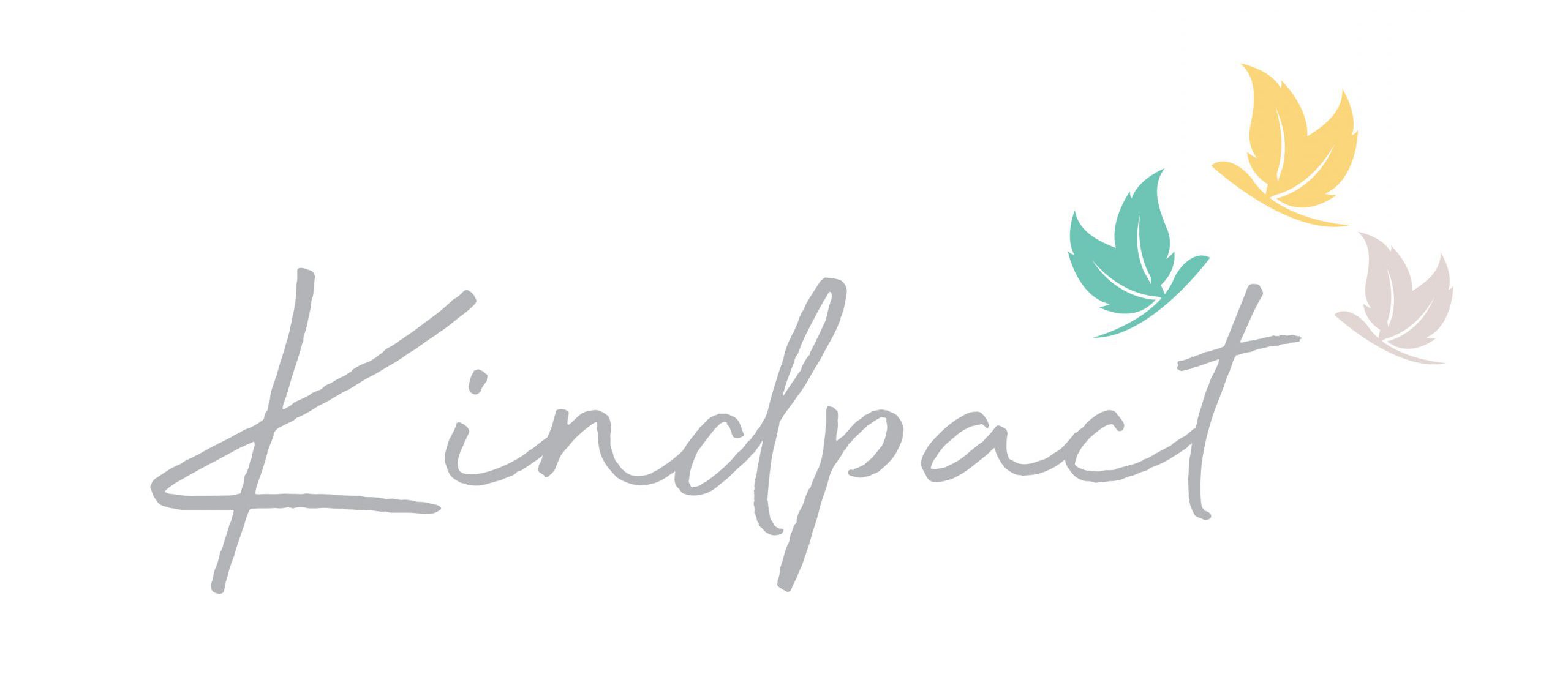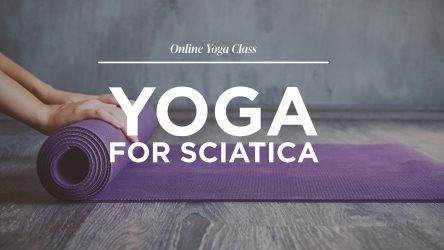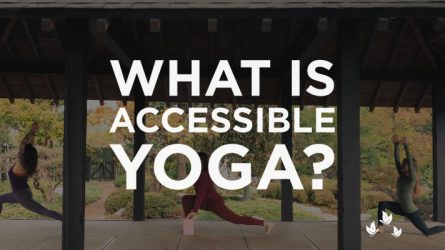Today, yoga asana is dominated by fast-paced, heat-generating sequences. These are Yang practices that characterize the sun, activeness and light. However, yoga is meant to restore and maintain balance in the body and mind. This balance cannot occur without also practicing the opposing principle of the universe – Yin. Yin yoga is a slow and gentle practice that carries the lightness of yoga through the muscle layers to the connective tissue, joints and bones. It is however not an easy practice since it demands patience, consistency and the ability to surrender.
Yin Yoga can often be mistaken for what’s commonly called Restorative yoga. While both are slow-paced, they are in fact, quite different. Restorative yoga, as the name suggests, aims to restore the body to harmony from a state of imbalance. This can be due to injury, disease or just general unhealthiness. Yin yoga on the other hand works on a relatively healthy body in order to induce deep states of relaxation promoting flexibility and openness.
Benefits of Yin Yoga
Reduces stress and releases stuck emotions
Staying in poses for long periods of time forces us into deep awareness of the body and our reaction to it. We may find that as we hold certain poses, specific emotions of fear, pain, grief or anxiety come up to the surface. Yin Yoga asks us to breathe deep and surrender to the experience. This activates our parasympathetic nervous system which helps release these emotions, calming us down. As our ability to surrender strengthens, we may find ourselves experiencing lower levels of stress and anxiety beyond the mat as well.
Improves flexibility
After staying in a posture for five minutes, you may notice that the pain and discomfort have given way to a dull numbness and you have gone far deeper into the posture that when you first started. As you release stuck energy and emotions, you will find less resistance and pain in your body parts. Yin yoga is thus a quick and potent way to improve flexibility in the body.
Prepares us for meditation
Yin Yoga is a great way to prepare your mind and body for a seated meditation or pranayama practice. As you progress with your practice, you will find that you can sit more comfortably in an upright position for longer periods of time.
Boosts focus and mindfulness
In order to stay in a pose without panicking, you must be completely focused on the breath, intentionally relaxing your muscles every time they tense up. This focus stays with you throughout your day and you will find yourself able to focus on tasks better and be more present with yourself and those around you.
Helps overcome negative thought patterns
In Yin Yoga, unlike other fast-paced forms of asana, you do not have to think about where to go next and once you have found the correct alignment, you can focus your entire attention on the breath. In this period of silence, you will be able to see clearly where your mind wanders and how it reacts to pain and discomfort. This can reveal your habitual thought patterns. You will notice that you react similarly in situations outside your mat as well. Becoming aware of your patterns is a necessary first step in overcoming them.
Yin Yoga Sequence for Stress
We’ve compiled a quick, beginner-friendly routine to help you get started on your Yin Yoga journey. Remember to take deep abdominal breaths throughout.
Lizard Pose (Utthan Pristhasana)
Begin in a tabletop position with your shoulders over your ankles and your hips over your knees. Take your right leg up next to your right hand, making sure your knee is directly over your ankle. Slide your left leg back, padding the knee if you feel any discomfort. Sink into your hips and stay here for 10 breaths. Bring your right hand to the inside of your right foot. You can stay here or gently place your forearms on a block or the floor. Allow your right knee to fall gently to the right. If your knees hurt, then reduce the intensity of the pose. Stay here for 3 to 5 minutes. Repeat on the left side.
Butterfly Pose (Baddha Konasana)
Come to a seated position and bring the soles of your feet together, allowing the knees to fall open. Keep your spine straight and gently press down on your inner thighs with the elbows. Breathe here for 5 breaths. You can choose to stay here or gently with a straight spine, fold forward. Bring your forehead to rest on a block or on the ground. Stay here for 3 to 5 minutes.
Wide-angled forward fold (Upavistha Konasana)
Open your legs out as much as you can while maintaining a straight spine. Exhale and fold forward with a straight spine bringing your forehead to rest on a block, cushion or the floor. Stay here for 3 to 5 minutes.
Open Wing Pose
Lie on your stomach and take your right hand out to in line with your shoulder, palm facing down. Gently press into your left hand and roll over to your right. If this is comfortable, take your left leg over the right leg and bring your left foot to rest on the floor. You should feel an opening in your right shoulder and the area between the shoulder blades. Stay here for 3-5 minutes. Repeat on the left side.
Sphinx Pose (Salamba Bhujangasana)
Lie on your stomach and bring your elbows directly under the shoulders. Gently push up to rest on your forearms. Make sure you aren’t tensing your thighs, abdomen or lower back. Come out of the pose if you feel any sharp pain. Stay here for 3-5 minutes.
Pigeon Pose (Rajakapotasana)
Come back to a tabletop position. Bring your right foot to meet your hands and walk it over to the left side of the mat. Allow your right knee to fall to the ground and gently sink into the right hip. You can support your right hip with a cushion or a block. Make sure your hips are squared. Stay here for 3-5 breaths. Repeat on the left side.
Corpse Pose (Savasana)
Lie on your back with your hands on either side, palms facing up. Allow your feet to fall over to the side and make sure your head and neck are neutral. On every inhale, feel your body becoming lighter and on every exhale, allow it to sink farther into the mat. Stay here for 5-10 minutes.
If you feel a rush of emotion during certain poses, know that this is a crucial part of the release and allow whatever it is to come to the surface. If you do this sequence a few times, you will start to see almost magical openings come into your body. You may be surprised to find your reaction to pain has changed. What earlier sent you into a panic now induces an overwhelming sense of peace. This is at the heart of your yogic transformation. Yin Yoga shows you that you have the power to change your experience at any moment.




Thanks for all the classes, this is helpful!
You’re welcome!